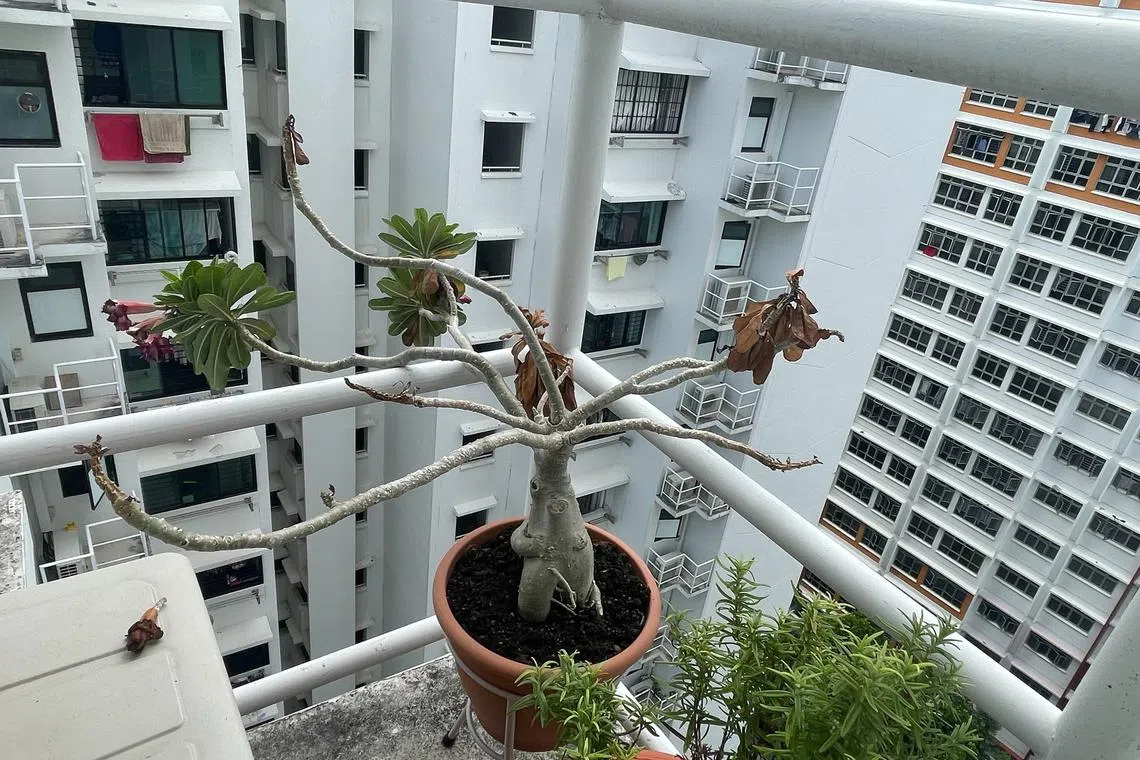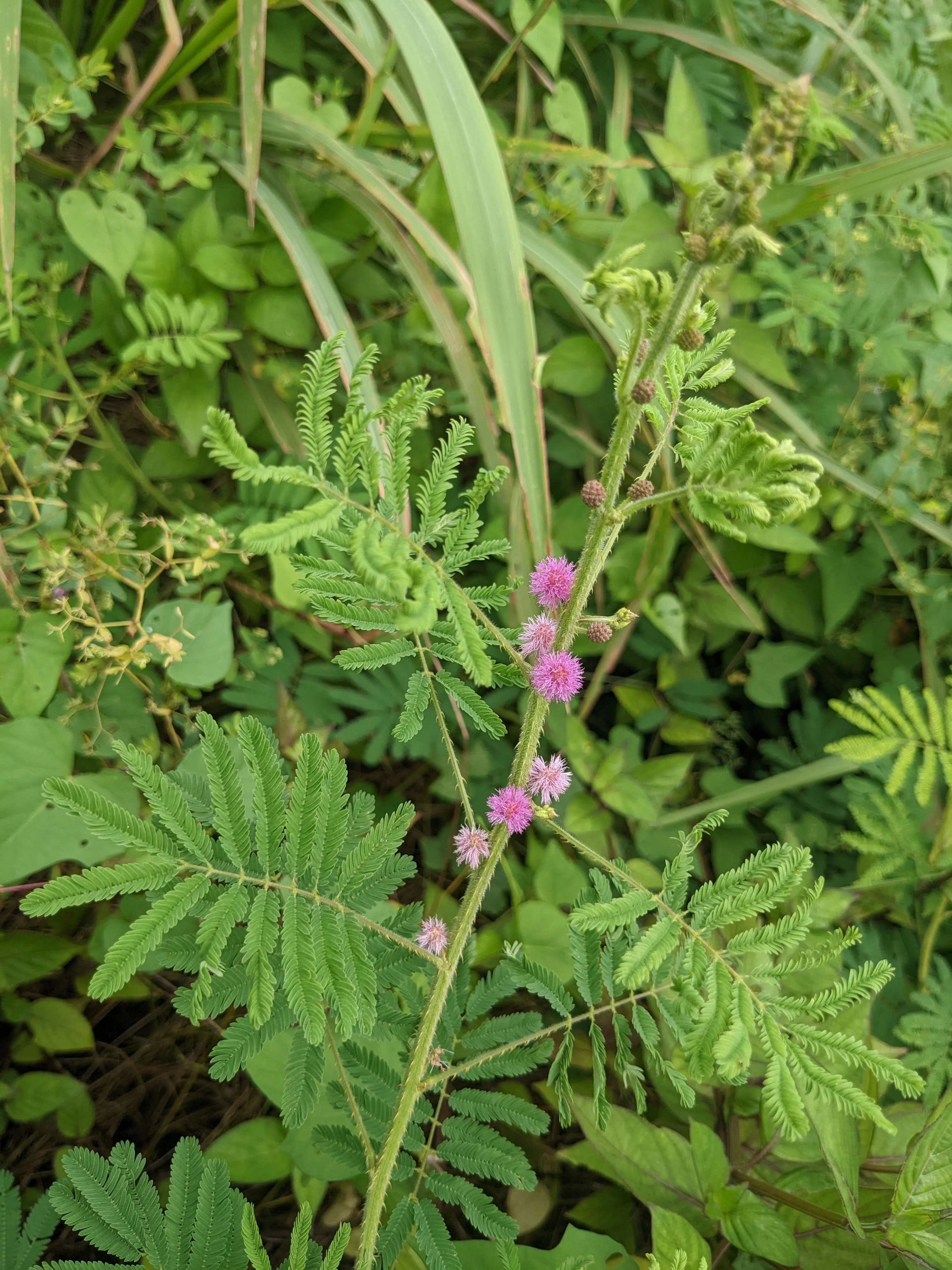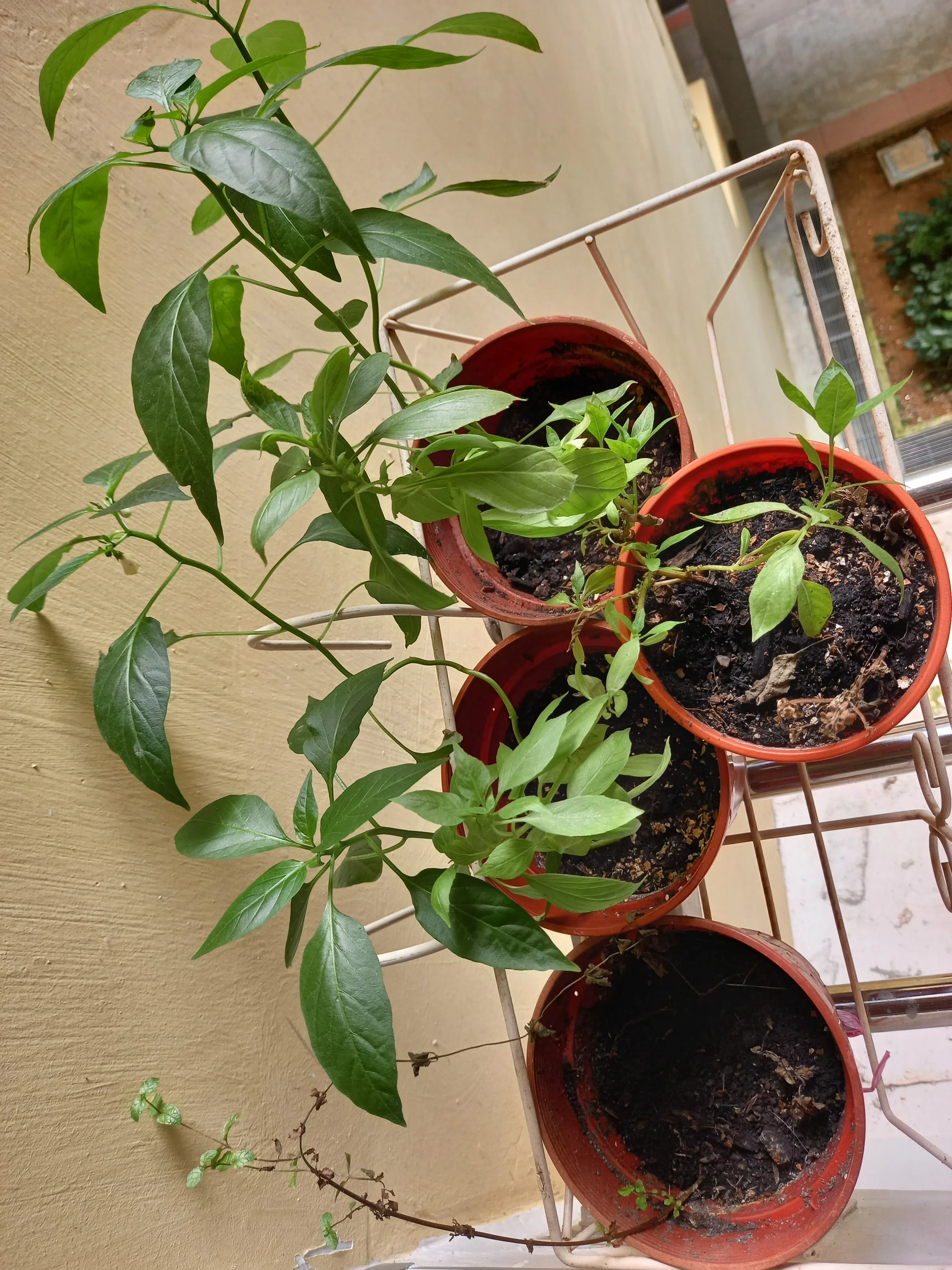Root Awakening: Check Desert Rose for pests
Sign up now: Get ST's newsletters delivered to your inbox

This Desert Rose could be suffering from a mealy bug infestation.
PHOTO: JEN HON
Wilson Wong
Follow topic:
Check for sap-sucking pests on tips of Desert Rose
I had this desert rose plant at my air-conditioner ledge for 18 months. It recently started shedding leaves and some stems have turned brown. What is wrong?
Jen Hon
The fallen flower on the left appears to have white, cotton-like masses on it – a possible indicator of a mealy bug infestation. These sap-sucking pests can cause a plant’s growing tips to dry out and die.
Use a strong jet of water to thoroughly wash the pests away. Summer oil can also be used to suffocate the pests and thorough coverage of your plant is essential to provide adequate control. Inspect your plant regularly and take action immediately.
Also, it is dangerous to place a potted plant on your air-conditioner ledge as you run the risk of it becoming killer litter. Move your plant to a sunny balcony ledge and hang it with a pot hanger.
Philodendron does not repel mosquitoes

This aroid needs at least six hours of filtered sunlight a day.
PHOTO: EVA SEETOH
What is this plant? How much sunlight does it need? Is it true that the leaves repel mosquitoes?
Eva Seetoh
The Philodendron plant you have is likely an aroid, which is grown for its foliage. Its botanical name is Philodendron burle-marxii.
Although the plant can tolerate some shade, it grows best with at least six hours of filtered sunlight a day, so it does not stretch too much or produce soft, floppy leaves as seen in the picture.
Plants generally do not repel mosquitoes, though certain plants produce essential oils that have mosquito-repelling properties. These include the citronella grass (botanical name: Cymbopogon nardus). However, they need to have their leaf tissues broken and their essential oils extracted and evaporated in order to repel the insects.
Climber is Threeleaf Cayratia; prickly shrub is Mimosa

This plant is likely the Threeleaf Cayratia, which has medicinal uses.
PHOTO: DANIEL LIM
I noticed these plants growing in an unused plot of land in One-North. One has small, light green fruit shaped like tomatoes growing in clusters, and ovate and half-folded leaves with slightly jagged edges. The other has a flower like that of the common touch-sensitive mimosa, but is larger and has a deeper pink shade. Its leaves are like a fern’s, which develop tightly curled. What are these plants and are they poisonous?
Daniel Lim
The vine climbing on the railing is probably the Threeleaf Cayratia (Cayratia trifolia) and is native to Singapore. It has medicinal uses and its young leaves can be consumed as a vegetable.

This plant is likely a Mimosa species.
PHOTO: DANIEL LIM
The plant with a pink cluster of flowers is likely a species of Mimosa plants, which are commonly called Sensitive Plant and Touch-me-not. A closer examination is required to ascertain the exact species.
There are two large Mimosa species which grow locally – Giant Sensitive Plant (Mimosa diplotricha) and Catclaw Mimosa (Mimosa pigra).
Chilli plants may require more light for healthier growth

The chilli plants in this picture appear thin and stretched.
PHOTO: OH CHOON YEAN
I planted four seeds from a red chilli I bought at the supermarket. The seedlings took some time to reach this height. One of them started flowering in the past fortnight, but there have been no other indicators from the rest of the plants. Will they ultimately bear fruit?
Also, a friend gifted me some peppermint and basil. The peppermint almost drowned when I watered it and the Thai basil looks unhealthy. What should I do?
Oh Choon Yean
From the picture, your chilli plants appear thin and stretched, which is a sign that they are not getting enough sunlight. Most edible plants are best grown in a sunny spot with at least six hours of direct sunlight daily.
The lack of sunlight will also slow the evaporation of moisture from your growing mix. As such, a moisture-retentive mix will not dry out fast enough. The lack of oxygen in the root zone can cause roots to rot, which could have happened to your mint and basil plants. Move them to a brighter location or install grow lights.
Finally, ensure you are growing your plants safely. Pots should not be placed in an unsecured rack over a window ledge as they can become killer litter if they fall.
Answers by Dr Wilson Wong, an NParks-certified practising horticulturist, parks manager and ISA-certified arborist. He is the founder of Green Culture Singapore and an adjunct assistant professor (Food Science & Technology) at the National University of Singapore.
Have a gardening query? E-mail it with clear, high-resolution pictures of at least 1MB, if any, and your full name to . We reserve the right to edit and reject questions.

